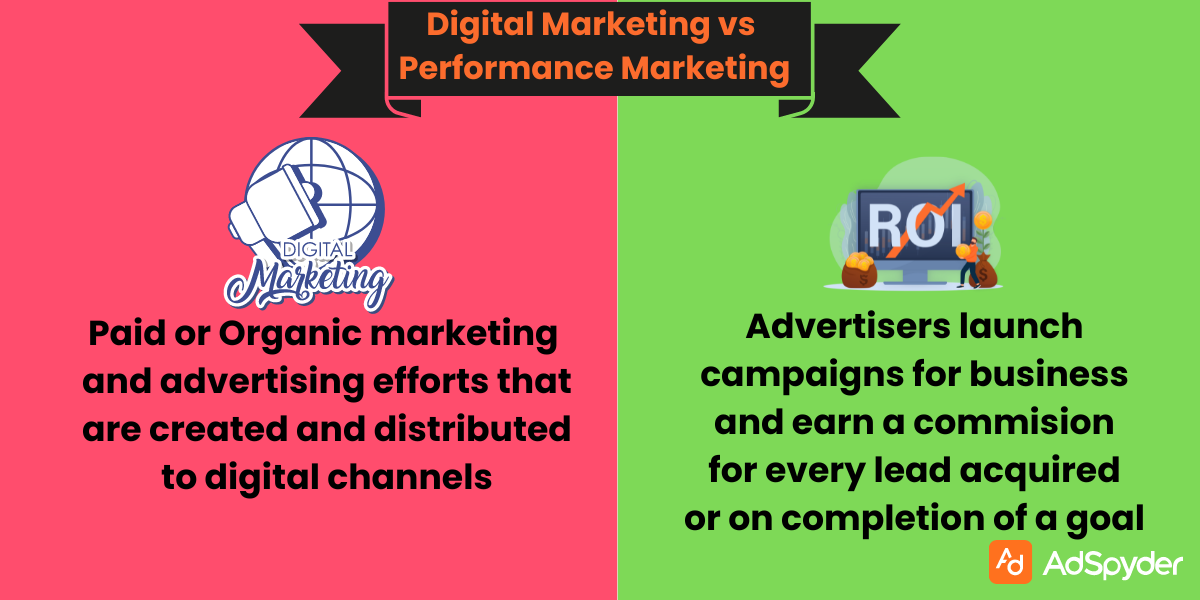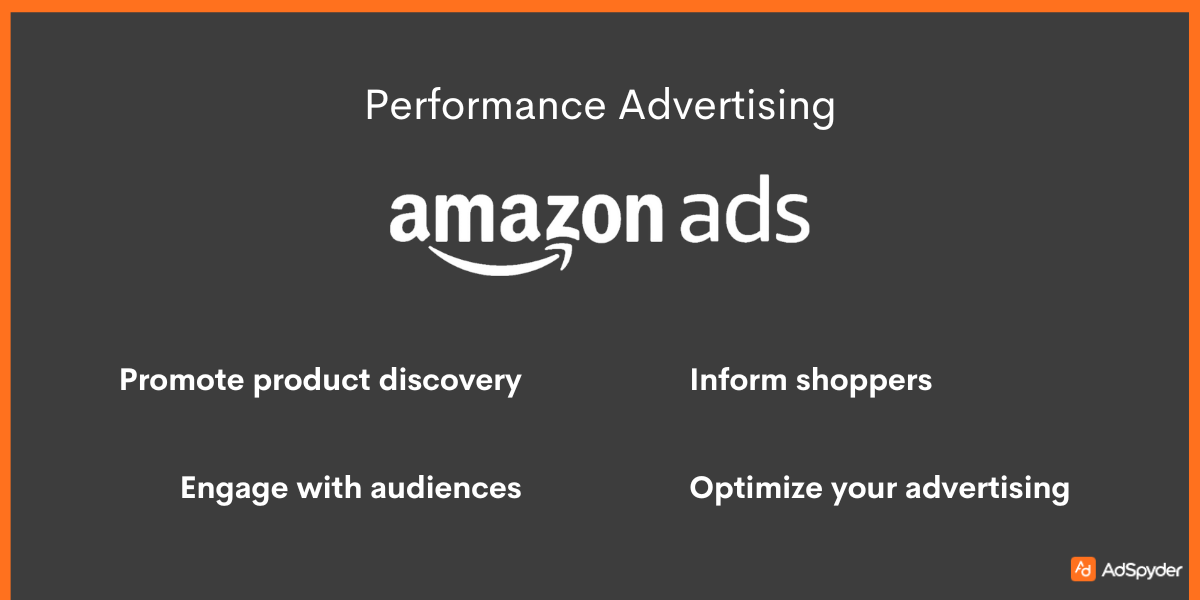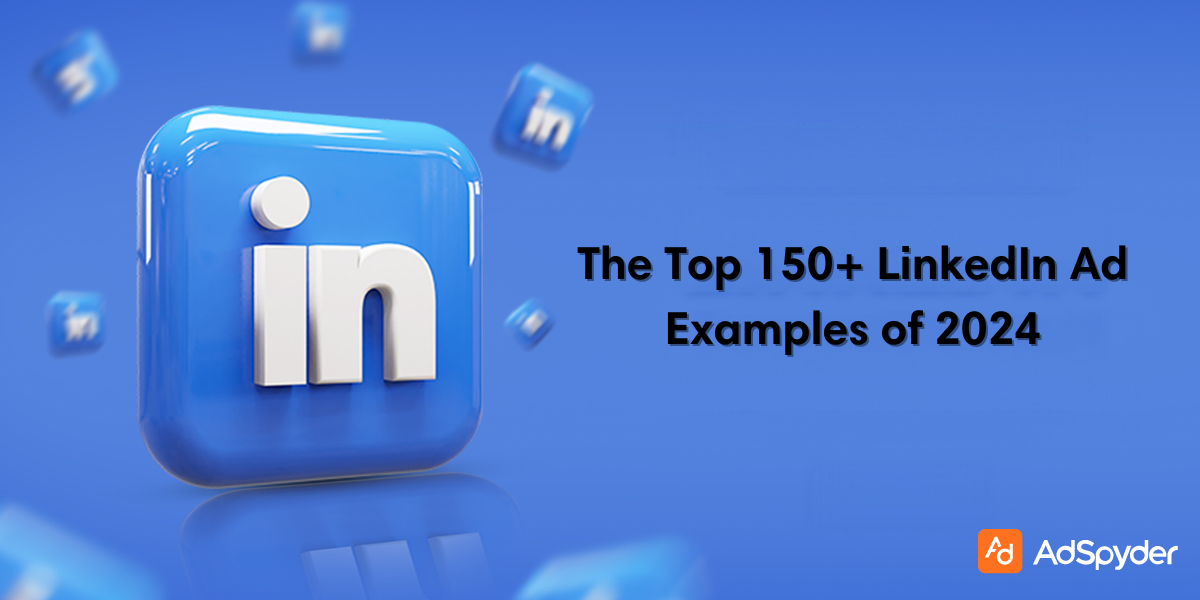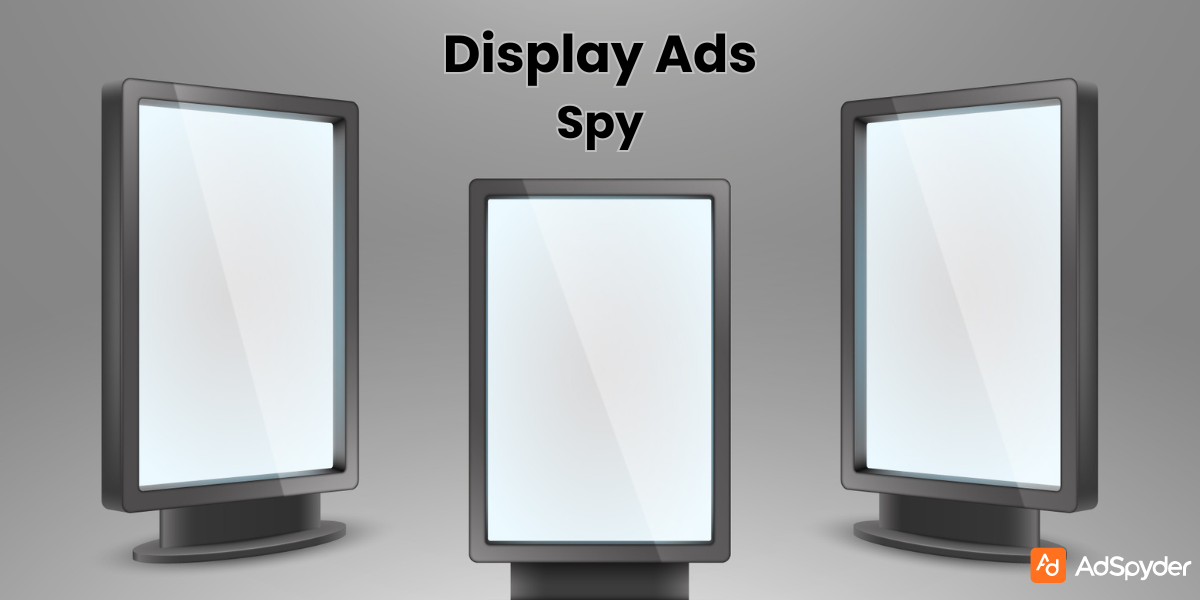Staying ahead with effective marketing strategies is crucial for maximizing ROI. As we step into 2024, leveraging advanced tactics like AI-driven campaign optimization, engaging video ads, and influencer marketing can significantly enhance your marketing efforts. This blog delves into the top 10 paid performance marketing strategies for 2024, offering insights into data analytics, mobile-first approaches, and programmatic advertising. Discover how these strategies can elevate your campaigns and drive substantial growth in the coming year.
Understanding the Basics of Paid Performance Marketing Strategies

Paid performance marketing is all about paying for ads that work—only when someone clicks or buys. It mixes science and creativity to make every dollar count.
Defining Key Concepts: Performance Based Advertising and Digital Performance Marketing
Performance based advertising is all about results. Advertisers only pay when users take specific actions, like clicking on an ad.
- This method focuses tightly on achieving clear, marketing-driven outcomes. It’s a way to make sure money spent goes directly towards real results—such as leads or sales—not just views.
- Digital performance marketing takes this concept further by covering all online strategies aimed at driving these actions.
- It’s measurable and focused entirely on performance, letting businesses optimize their campaigns for the best return on investment (ROI).
- From social media to search engine optimization (SEO), it uses digital avenues to push for concrete outcomes, ensuring every dollar counts in the quest to enhance paid performance.
The Evolution of Paid Performance Marketing Strategies
Performance marketing strategies have evolved significantly over time, driving the quest for smarter and more effective advertising methods.
- Initially, ads were straightforward – you paid, and they appeared online or in emails.
- However, the introduction of pay-per-click (PPC) changed the game, ensuring payment only upon ad clicks. Keywords also gained importance, dictating ad placement based on user searches.
- Today, advancements in AI and machine learning are revolutionizing advertising, making ads more intelligent.
- By analyzing vast datasets, these tools identify patterns imperceptible to humans. Consequently, ads can now target specific audiences at optimal times, eliminating wasteful spending on disinterested viewers.
With ongoing technological innovations, the landscape of performance marketing is continually evolving.
Watch out: Seven Key Strategies for Successful Google Hotel Ad Campaigns: Insights and Examples
Building a Strong Foundation: Performance Branding and Identity
Your brand’s story and look make a big difference in performance marketing. A strong brand identity helps your ads perform better, drawing more eyes and clicks.
Crafting a Compelling Brand Narrative for Performance Advertising
A compelling brand narrative lets your audience know who you are and what you stand for. It’s about blending your brand’s core values and mission into a story that speaks to them.
- This kind of storytelling turns regular ads into powerful messages that drive performance marketing. People feel more connected to brands with stories they can relate to or believe in.
- Telling a great brand story isn’t just for show—it boosts brand awareness, builds customer loyalty, and enhances overall marketing campaigns.
- With the right narrative, every piece of content, from landing pages to social media ads, becomes part of a larger conversation with your target audience.
This approach makes sure your marketing feels personal and genuine, setting the stage for better conversion rates and stronger relationships with customers.
Leveraging Brand Identity in Paid Performance Marketing Campaigns
- Putting your brand’s identity front and center in performance marketing campaigns can make a big difference. It’s about using what makes your brand unique—like your logo, colors, and message—to catch people’s attention.
- This way, you’re not just selling something; you’re also building trust and making your brand more memorable. Think of it as adding flavor to your ads that gets people to notice and remember you.
- Integrating branding with performance marketing efforts leads to better results over time. Keep all messages consistent across platforms, whether it’s through email marketing, social media ads, or Google Ads.
- It’s like planting seeds for long-term growth while still aiming for immediate sales goals.
This consistency helps build a strong image in customers’ minds. As they become more familiar with your brand’s look and feel, they’re more likely to choose you over competitors.
Advanced Techniques in Performance Marketing Strategy
Digging deeper into performance marketing, data analytics and AI play big roles. They turn guesses into smart choices for targeting ads.
Utilizing Data Analytics for Campaign Performance Reporting
Data analytics is key for understanding how well your ads do. It uses information to see what works and what doesn’t in your marketing campaigns. This means you can make smart choices, pulling from vast amounts of data to fine-tune your strategies. With tools like Google Analytics, you track clicks, conversions, and sales. Such insights let you see the big picture or zoom in on details like which ads bring the most profit.
Integrating AI and Machine Learning for Enhanced Targeting
After looking at data analytics, let’s move to how AI and machine learning boost targeting. These technologies are game changers for paid marketing.
- They use powerful algorithms to improve ad campaigns in real time.
- This means better results without wasting money. AI helps find the perfect keywords and audiences for PPC ads.
- It makes sure your ads reach people likely to buy what you’re selling.
This leads to a higher ROI because your marketing efforts hit the right targets every time.
Specialized Approaches: Amazon Performance Advertising

Amazon changes the game for performance marketing. Here, you’ll learn how to make your ads stand out and get more sales on this huge platform.
Navigating the Amazon Ecosystem for Performance Marketing
Getting around the Amazon advertising world is key for boosting sales and brand visibility. It offers a range of ad types and tools that can help with showcasing products to more customers.
Mastering these options means you can promote new items or highlight best-sellers effectively. The goal? To grab attention in a place where lots of shoppers hang out. Success here depends on knowing how to use Amazon’s advertising features right. This includes picking the best keywords, understanding your audience, and using data to make smart decisions. With the right approach, brands see their presence grow and sales climb.
Strategies for Maximizing ROI on Amazon
- Optimizing product listings with the right keywords is key to boosting ROI on Amazon. Think about using top-performing keywords from auto campaigns and adding negative targeting to refine campaign performance.
- This approach makes sure ads hit the mark, reaching folks who want what you’re selling.
- Mastering Sponsored Products and Sponsored Brands ads plays a big role in winning on Amazon. Dive into data-driven strategies to make those ad dollars work harder. Focus on relevant keywords, fine-tune product listings, and tap into the power of reviews to lower ACoS and up your advertising game.
- Keep an eye on how things are going and tweak tactics as needed for better ROI with Amazon Ads.
Creative and Content Optimization in Performance Marketing
Getting your content right in performance marketing is key. It’s about matching your message to what your audience loves, testing and tweaking as you go.
Tailoring Creative Content for Different Platforms
Each platform speaks its own language. This means you have to shape your creative content to fit where it’s going. Instagram loves eye-catching images; Twitter favors snappy text; YouTube wants engaging videos. Knowing this helps target ads better, making sure they click with the audience there. A/B testing is your friend here. Try different versions of your ad on various platforms and see what works best. Keep improving based on data from clicks and conversions. This approach ensures your message hits home, no matter where it’s seen.
A/B Testing and Continuous Improvement
- A/B testing is key to boosting ad performance and hitting marketing targets. It allows marketers to compare different versions of ads, finding out which one works best. Through A/B tests, aspects like headlines and bid strategies get fine-tuned for better results.
- This approach not just improves calls to action (CTAs) but also guides in optimizing entire campaigns.
- Continuous improvement comes from regularly running these tests. Marketers can then share insights with designers, leading to sharper ad designs. By assessing how each variant performs, gaps in ad formats or target audience strategies become clear.
This method ensures that every element of the campaign is working hard to maximize returns, making A/B testing a critical tool for success in digital marketing.
Enhancing Campaign Performance Reporting
To boost your campaign’s success, focus on key metrics for a clear picture. Use these insights to tweak and improve your strategies.
Key Metrics for Performance Analysis
Measuring campaign performance is key to success in paid performance marketing, especially in 2024. Key Performance Indicators (KPIs), such as click-through rates (CTR), conversion rate optimization, and return on investment (ROI), help gauge the effectiveness of your ads.
- These metrics provide valuable insights into which campaigns drive traffic and lead to sales, highlighting the value of customer actions on your website.
- By utilizing data-driven marketing techniques, you can track clicks, likes, leads generated, and average sales value, allowing you to refine your strategies for better results over time while aiming to enhance paid performance in 2024.
- Metrics like cost per click (CPC) and cost per acquisition further aid in budget management.
This ensures that every dollar spent brings maximum returns and enabling adjustments to bids and budgets for increased campaign effectiveness.
Using Reporting Insights to Refine Marketing Strategies
- After understanding key metrics, it’s time to use reporting insights to improve marketing strategies. Reports show what works and what doesn’t in campaigns. This info helps make smart decisions fast.
- For example, if click-through rates are low, changing ad copy might help. Also, analyzing customer behavior guides where to put ads for better results.
- Using PPC reporting spots trends in ad performance. This allows quick shifts in strategy for higher ROI (return on investment). Plus, detailed reports can tell which keywords drive sales and which don’t.
- Dropping negative keywords saves money and boosts campaign effectiveness. In short, insights from reports turn into actions that refine marketing strategies for greater success.
Scaling Paid Performance Marketing Strategies
Growing your performance marketing campaigns means thinking about money and returns. You want to reach more people without losing quality.
Budget Allocation and ROI Considerations
Setting SMART goals helps enhance paid performance in 2024, maximizing ROI in performance marketing.
- Start by slowly increasing your budget and reinvesting profits into Google Ads. This way, you can identify which ads work best and spend more wisely.
- Consider employing the 70/20/10 rule for allocating your marketing budget. Majority of the budget is directed towards proven strategies, with some allocated to promising areas, and a small portion to new ideas.
- Regularly monitoring the performance of different platforms and analyzing key metrics is crucial for smart spending.
- Utilize the right affiliate software to boost ROI in affiliate marketing. Additionally, optimizing your marketing budget across all channels is essential for achieving the best returns on investment.
Keep these practices in mind to ensure that every dollar contributes to the growth of your campaigns.
Expanding Reach Without Compromising Quality
- Growing your audience while keeping content good is key. Use market research to understand what customers want. Then, create targeted ads that speak directly to them. This method increases the chance of catching their interest without wasting money on ads they ignore.
- Smart budget allocation ensures quality doesn’t drop as you reach more people. Putting money into platforms where your target audience hangs out boosts effectiveness. Also, continuous campaign optimization helps spot areas for improvement fast—keeping both reach and quality high.
The Future of Paid Performance Marketing Strategies

The future of paid performance marketing is all about embracing new technologies. Trends and innovations will shape how we connect with audiences, promising exciting changes ahead.
Emerging Trends and Technologies
Local targeting and machine learning are big news in paid performance marketing. They help businesses reach specific groups easier and smarter than before.
- Dynamic creatives will also play a huge role, making ads more effective at turning views into buys.
- Say goodbye to third-party cookies; new ways of tracking are on the rise. These changes mean marketers must stay sharp and innovative.
- AI-powered search engine results pages (SERPs) and CTV ads are trending up for 2024. Marketers believe these tools will bring fresh ways to connect with audiences online.
With technology advancing fast, staying ahead means embracing these trends early and learning how to use them well for better ad campaigns.
Preparing for the Next Big Shift in Paid Performance Marketing Strategies
As trends evolve, it’s crucial to gear up for the next shift in performance marketing. Enhance Paid Performance 2024 by embracing technical skills and a strategic mindset. Marketers need these to understand customer behaviors better and target ads effectively.
Businesses focus on measurable outcomes and exact ROI, managing costs wisely while leveraging data for precision targeting. This ensures the right message reaches the right audience for unmatched success.
Conclusion
As we navigate through 2024, implementing these top 10 paid performance marketing strategies can substantially enhance your advertising efforts and maximize ROI. By integrating AI-driven optimizations, leveraging the power of video ads, and employing targeted influencer marketing, businesses can stay ahead of the competition. Focusing on data analytics, remarketing, and a mobile-first approach will also ensure a comprehensive and effective marketing strategy. Staying proactive, testing continuously, and adapting to the latest trends is important. It helps achieve sustained growth and success in your marketing campaigns.



